
The John Oliver cabin is the first historic structure on the 11-mile Cades Cove driving loop. It is also the oldest. John, Lucretia, and their young daughter, Mary “Polly,” arrived and began settling in Cades Cove in 1818.
Although the Olivers were the first permanent European-American settlers, Cherokee peoples had lived in this area for thousands of years. The Cherokee were present at the time of the Olivers’ arrival and had an active settlement. According to Lucretia Oliver, the family survived their first winter only because of the generosity of the Cherokee who provided them with food.
John Oliver was a War of 1812 veteran and collier (charcoal maker) by trade. He lived in neighboring east Tennessee counties before the prospect of settlement in Cades Cove came to be. The cove was different in 1818 from how it looks today. When the Olivers arrived, it had not yet been extensively cleared for agriculture and was densely forested except for the west end of the cove which was swampland. The Olivers decided to settle on the drier east end of the cove.
A well was dug for a reliable water source as the neighboring creek often dries in the summer. Fields were cleared for planting wheat and corn. Cattle were kept along nearby Abrams Creek. A barn with grain storage was constructed. A second cabin, the one that still stands today, was built in the 1820s just a few dozen yards from the original cabin (not standing today). A kitchen was added to the present cabin but has since been removed by the National Park Service.
Generations of Olivers lived on the homestead until the park was established over a hundred years later. Several descendants, including Elijah Oliver, branched out and settled elsewhere in Cades Cove, a testament to the family’s ties to this fertile valley.
Although the Olivers were the first permanent European-American settlers, Cherokee peoples had lived in this area for thousands of years. The Cherokee were present at the time of the Olivers’ arrival and had an active settlement. According to Lucretia Oliver, the family survived their first winter only because of the generosity of the Cherokee who provided them with food.
John Oliver was a War of 1812 veteran and collier (charcoal maker) by trade. He lived in neighboring east Tennessee counties before the prospect of settlement in Cades Cove came to be. The cove was different in 1818 from how it looks today. When the Olivers arrived, it had not yet been extensively cleared for agriculture and was densely forested except for the west end of the cove which was swampland. The Olivers decided to settle on the drier east end of the cove.
A well was dug for a reliable water source as the neighboring creek often dries in the summer. Fields were cleared for planting wheat and corn. Cattle were kept along nearby Abrams Creek. A barn with grain storage was constructed. A second cabin, the one that still stands today, was built in the 1820s just a few dozen yards from the original cabin (not standing today). A kitchen was added to the present cabin but has since been removed by the National Park Service.
Generations of Olivers lived on the homestead until the park was established over a hundred years later. Several descendants, including Elijah Oliver, branched out and settled elsewhere in Cades Cove, a testament to the family’s ties to this fertile valley.
Is there something we missed for this itinerary?
Itineraries across USA
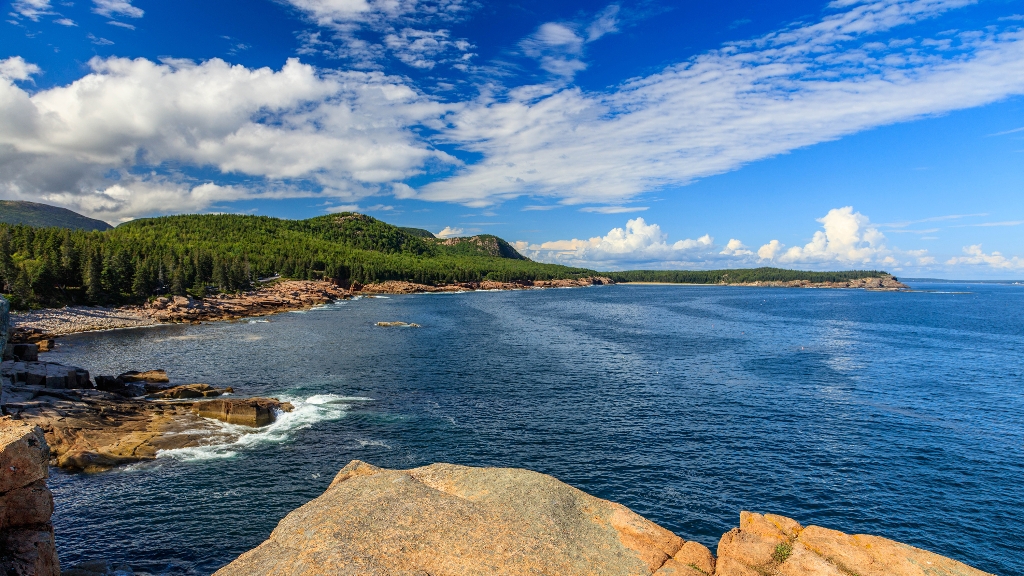
Acadia
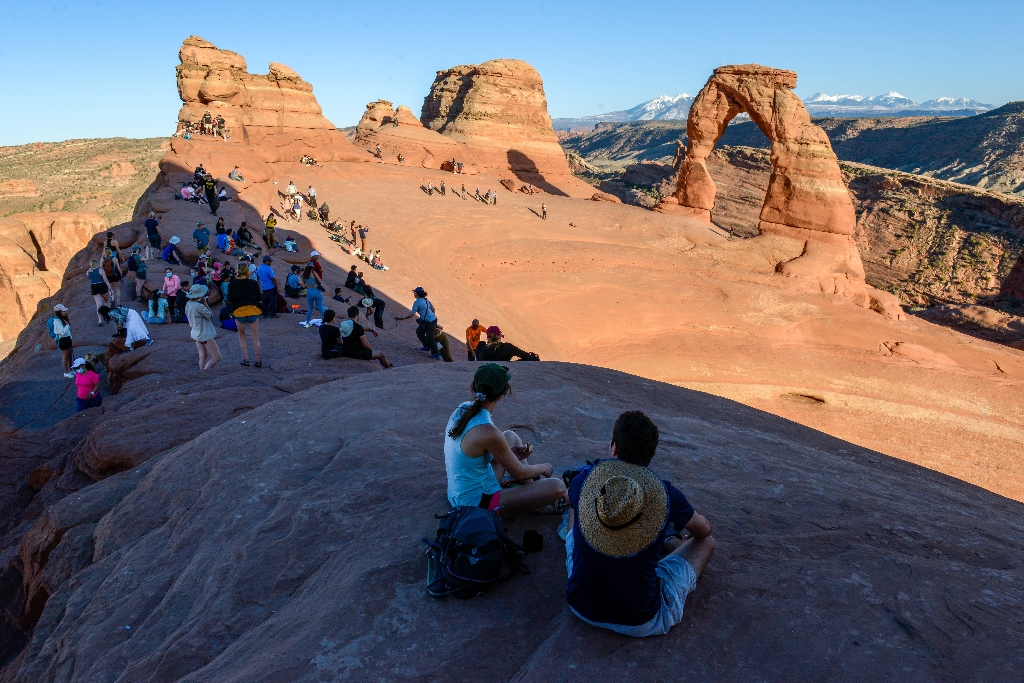
Arches National Park

Badlands
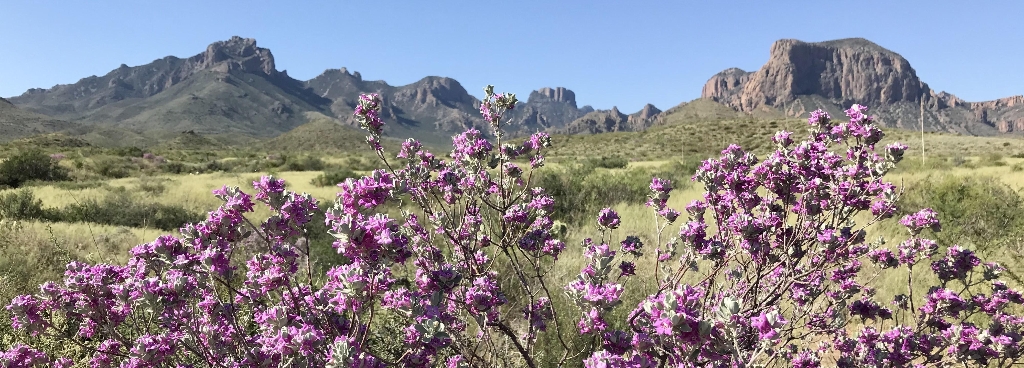
Big Bend
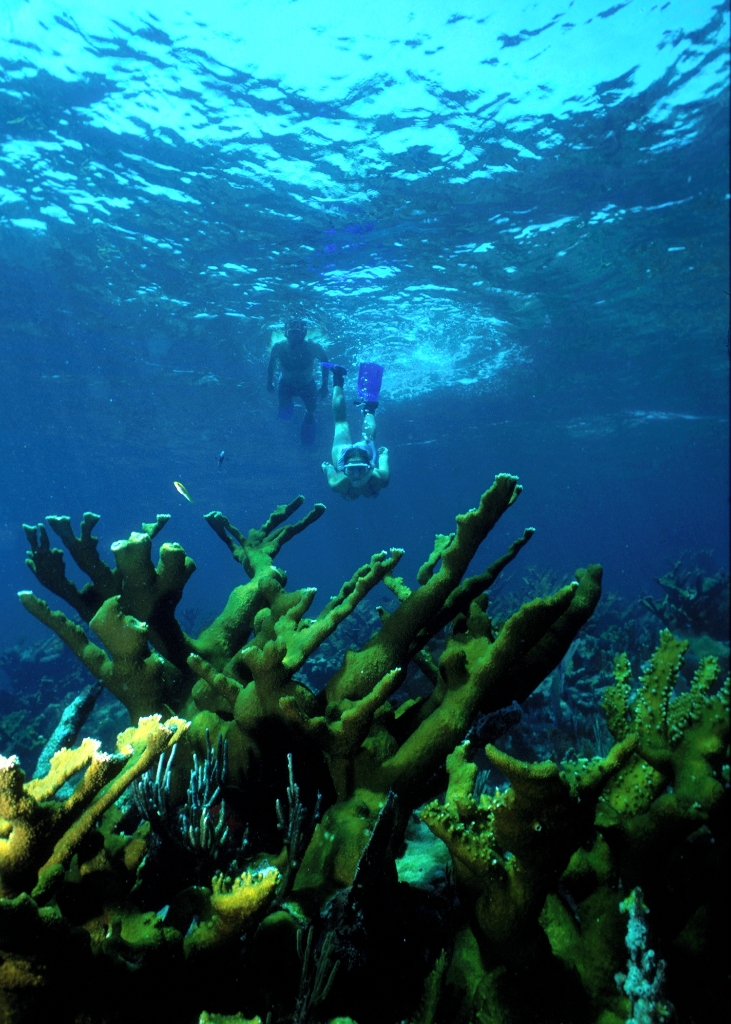
Biscayne

Black Canyon Of The Gunnison
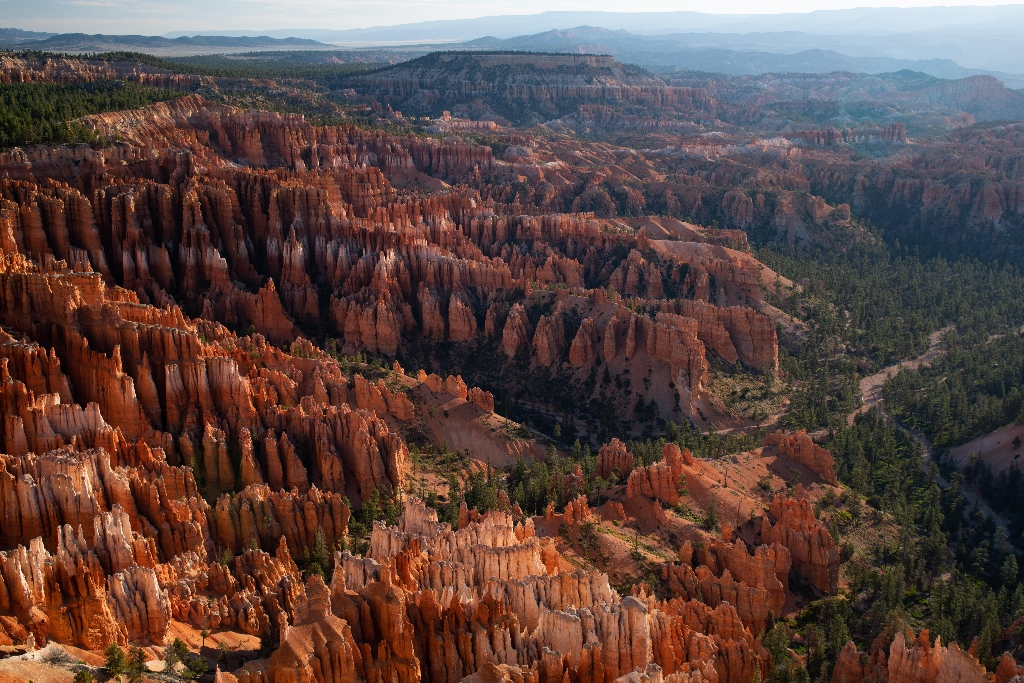
Bryce Canyon
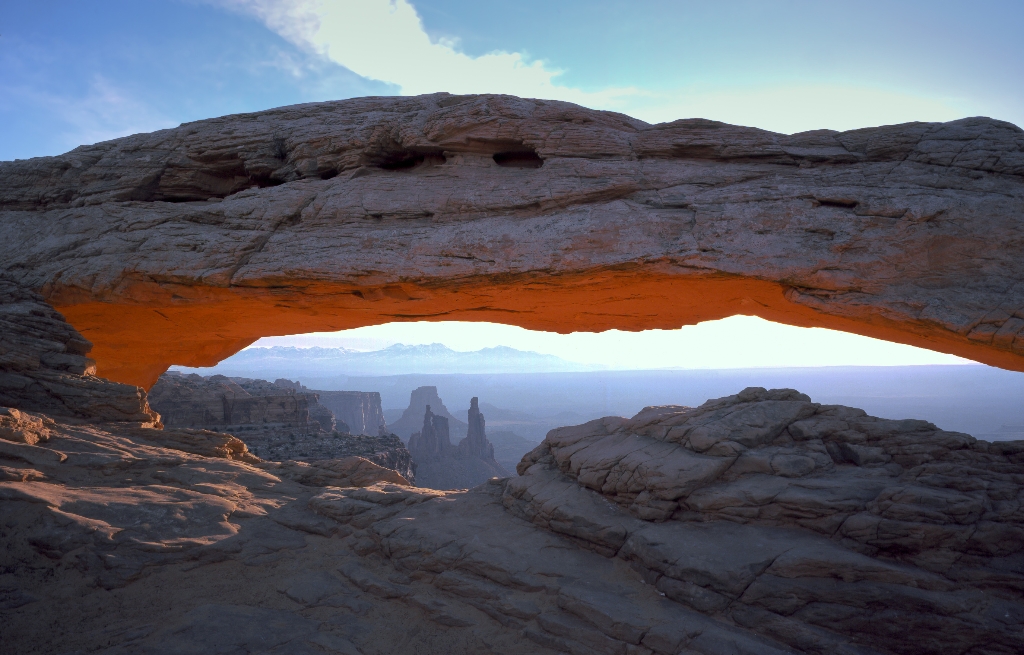
Canyonlands
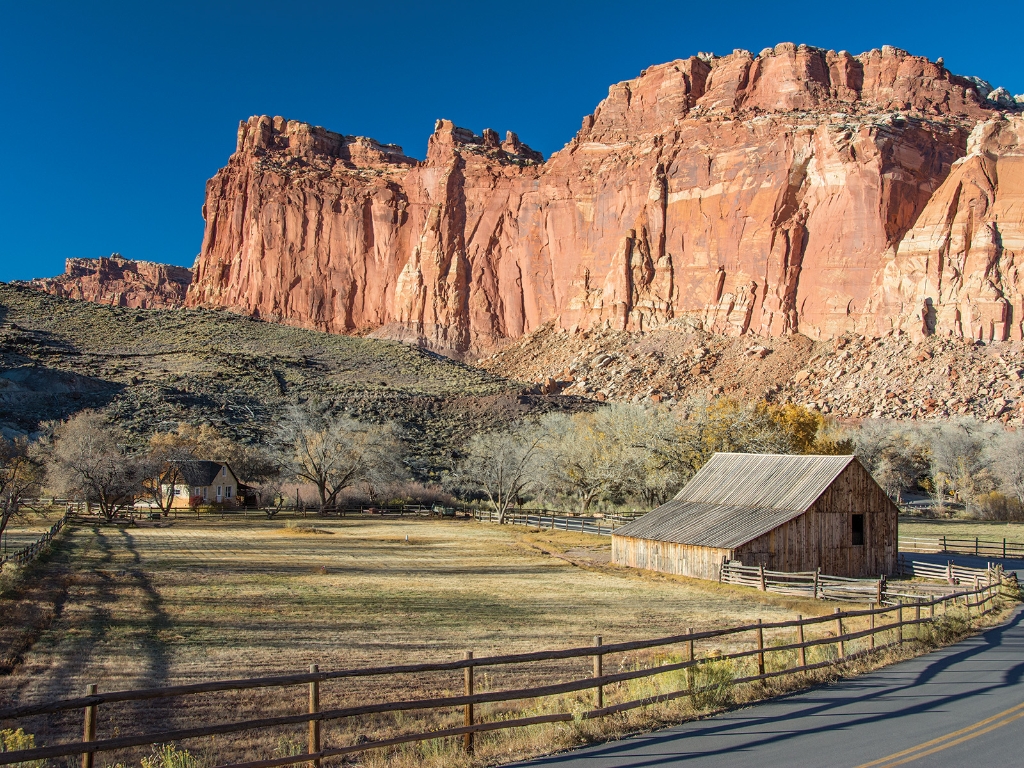
Capitol Reef
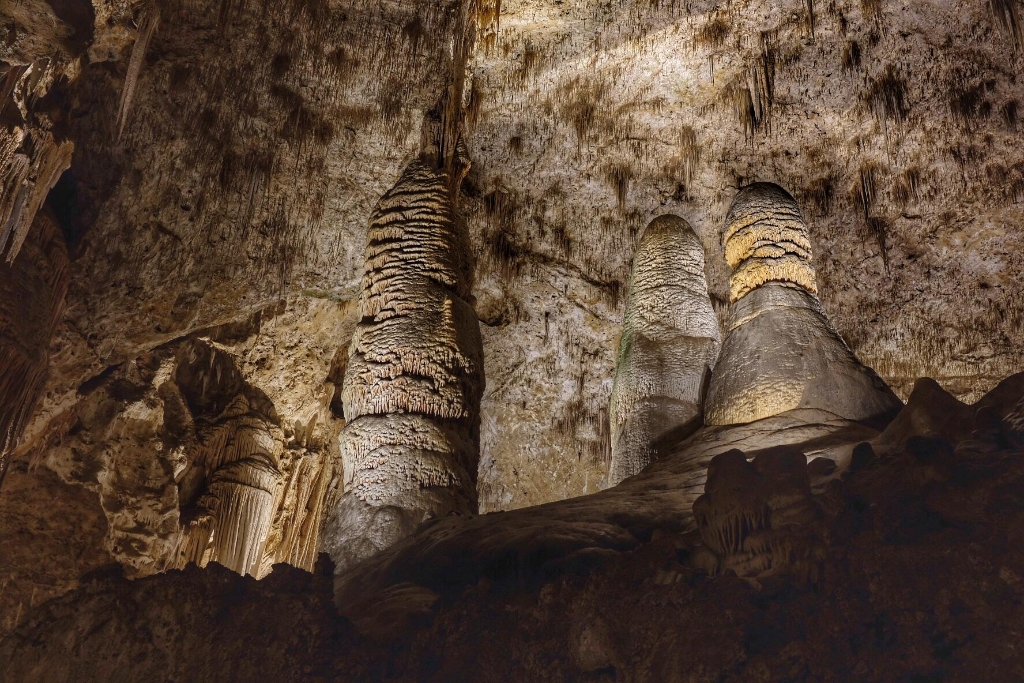
Carlsbad Caverns
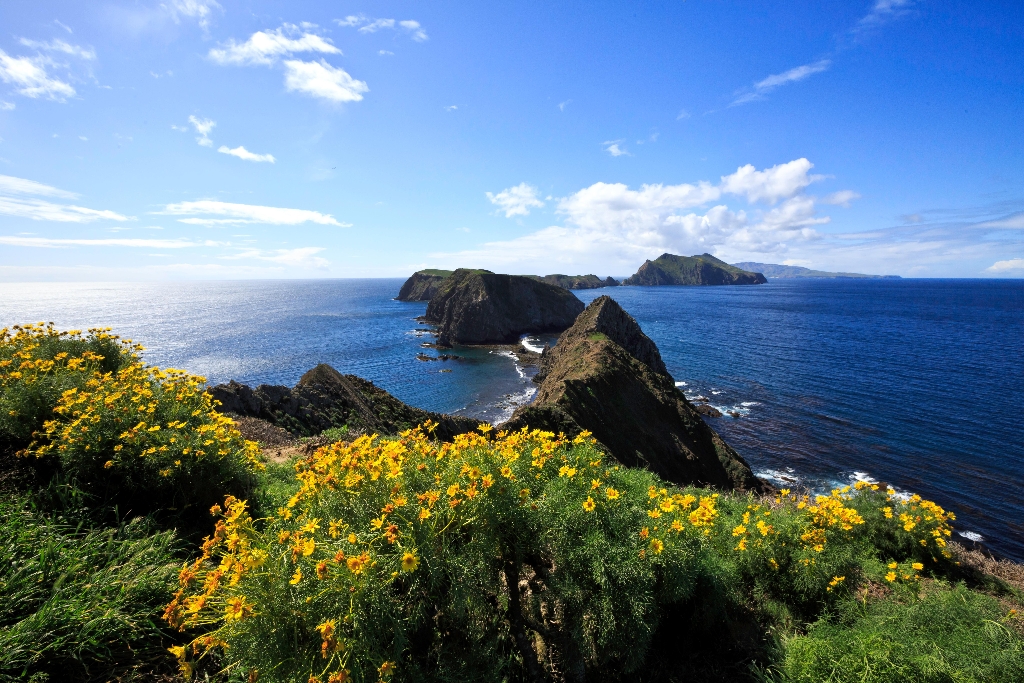
Channel Islands
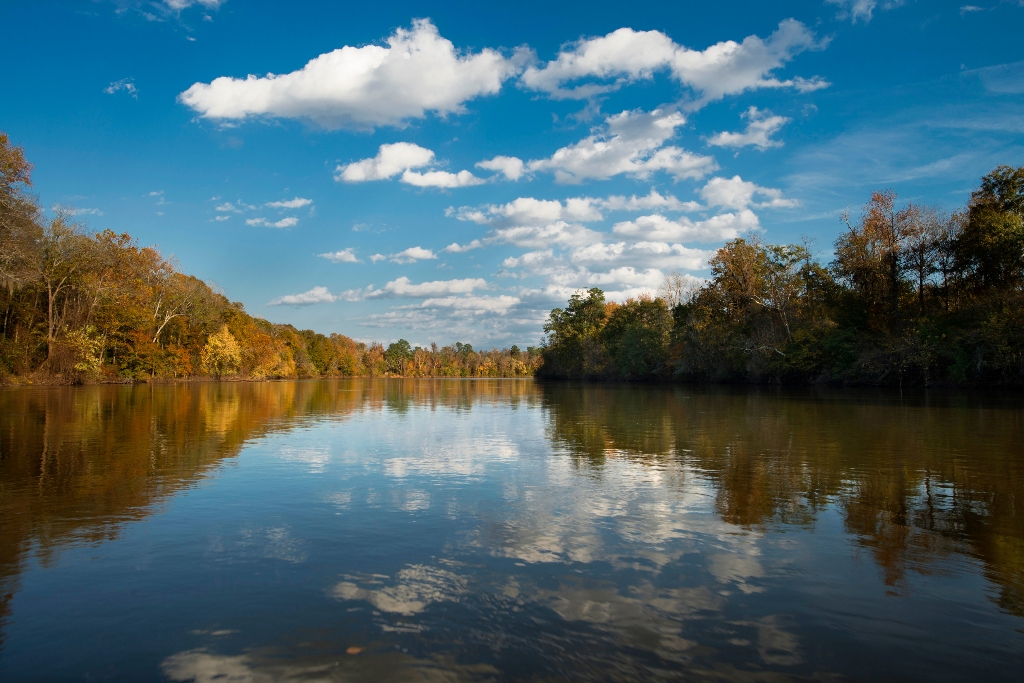
Congaree
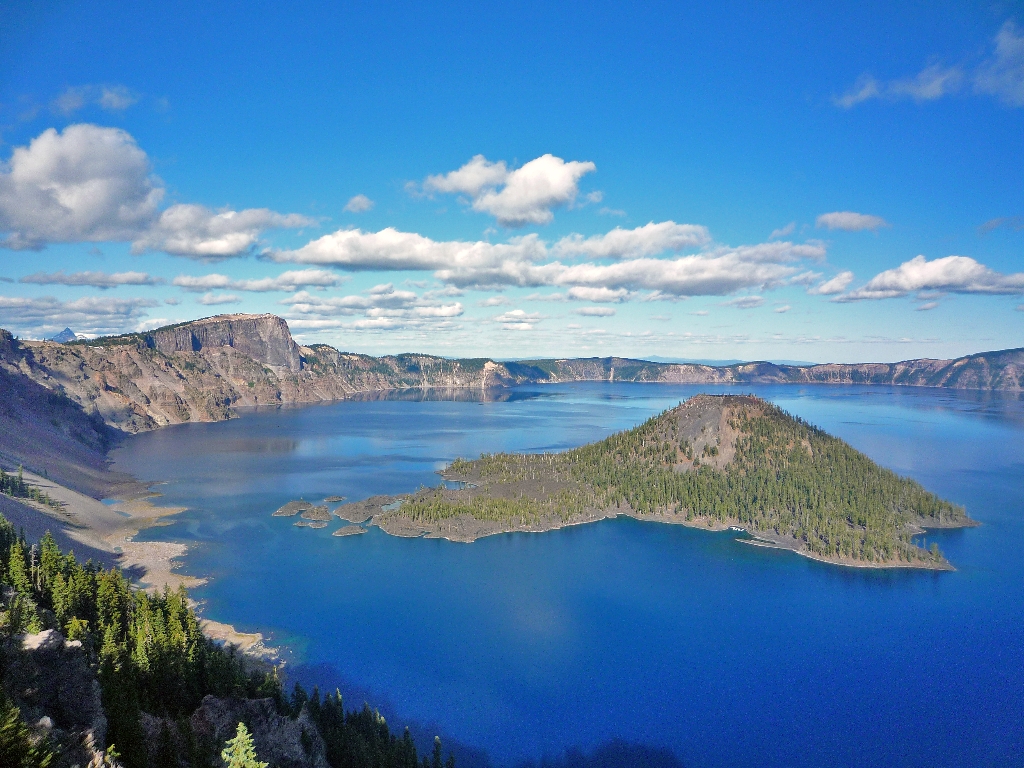
Crater Lake
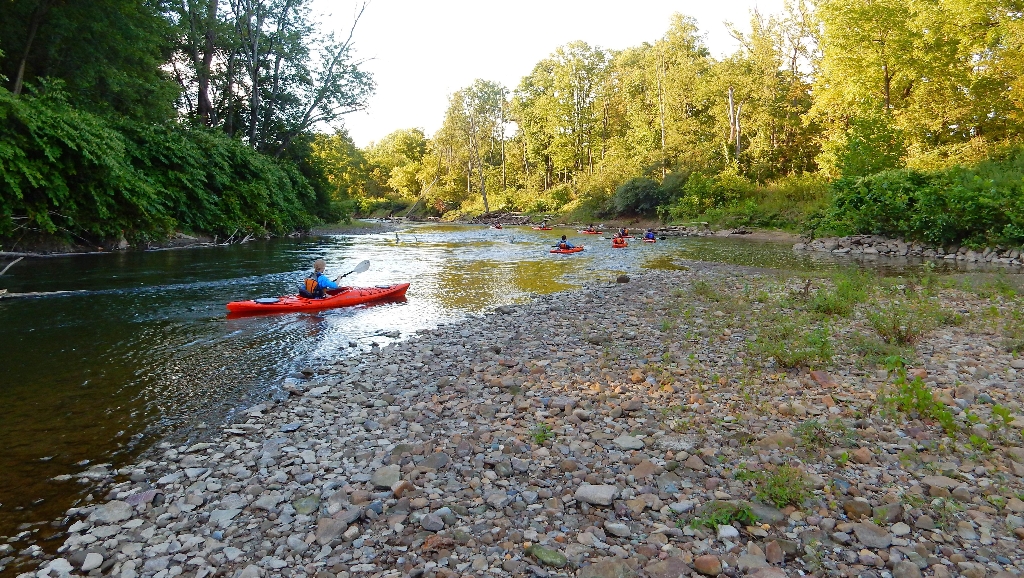
Cuyahoga Valley

Death Valley
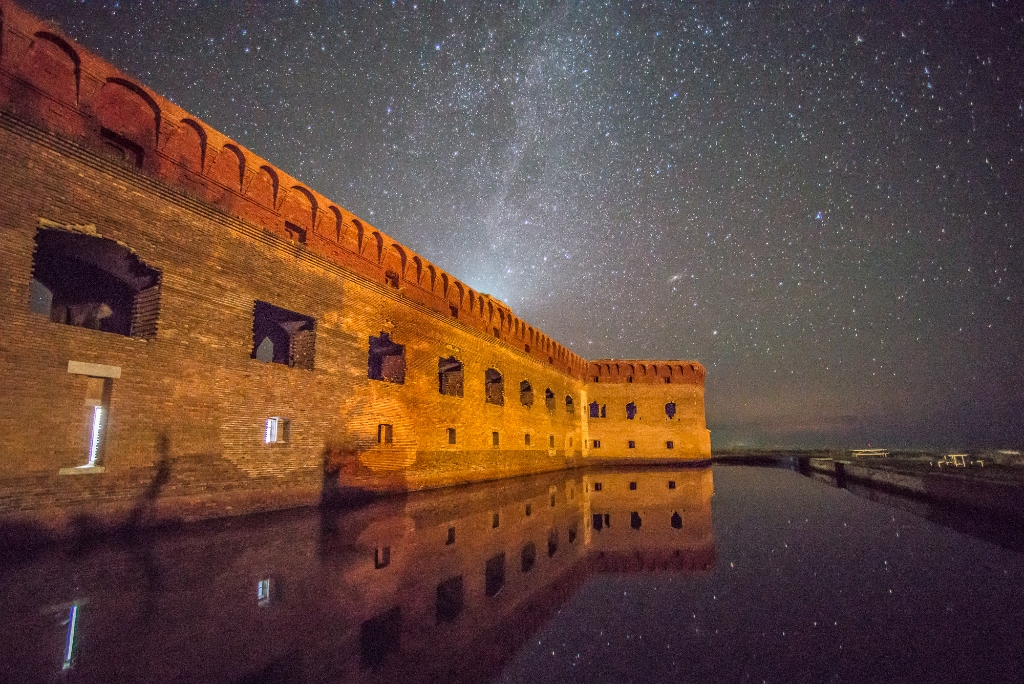
Dry Tortugas
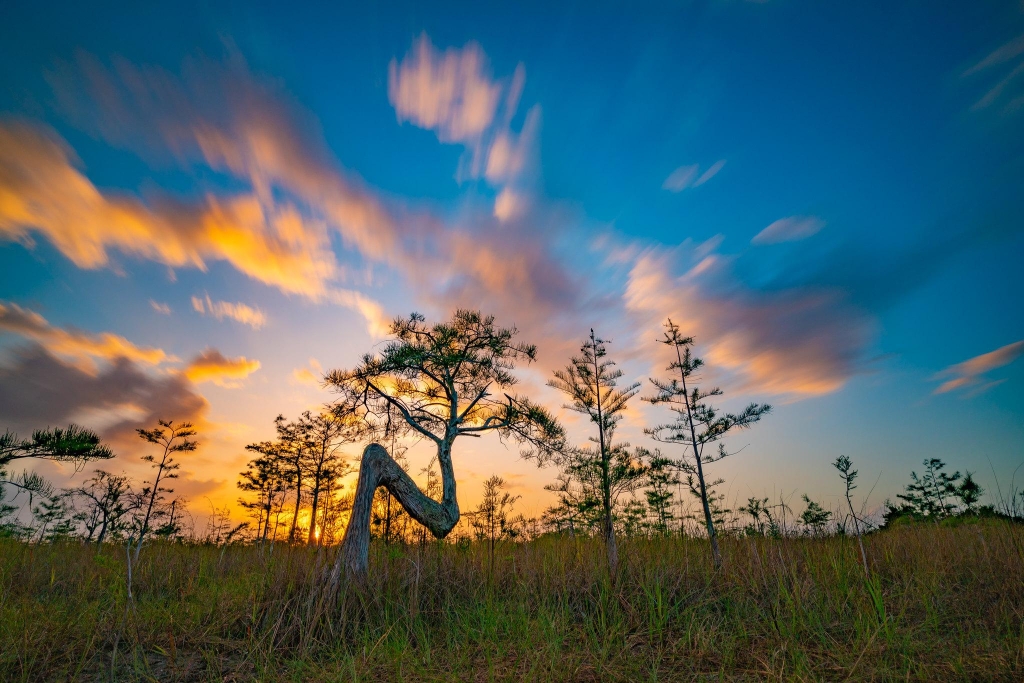
Everglades

Gateway Arch
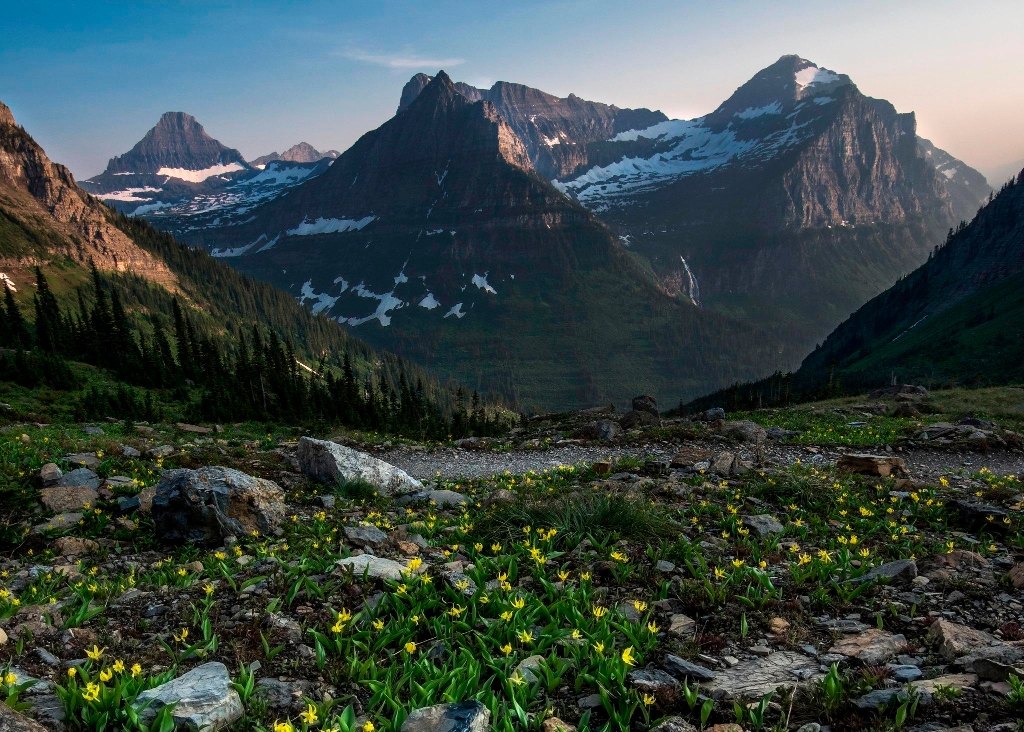
Glacier
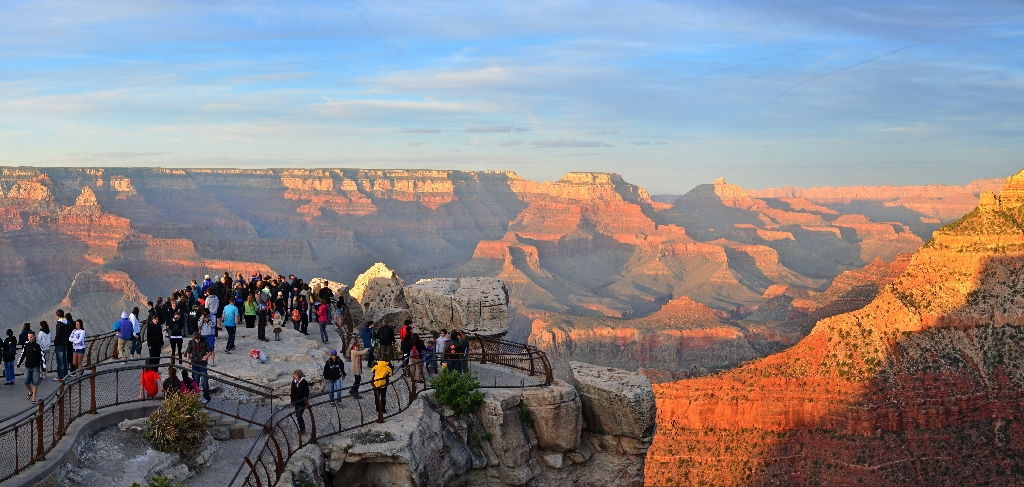
Grand Canyon

Grand Teton
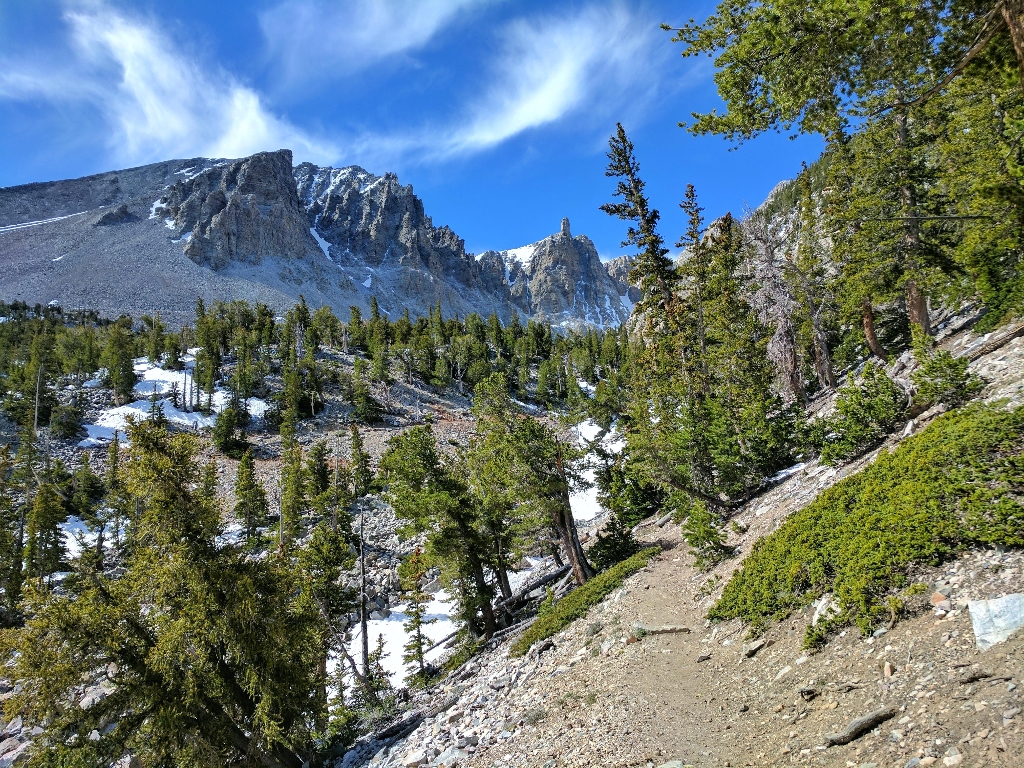
Great Basin
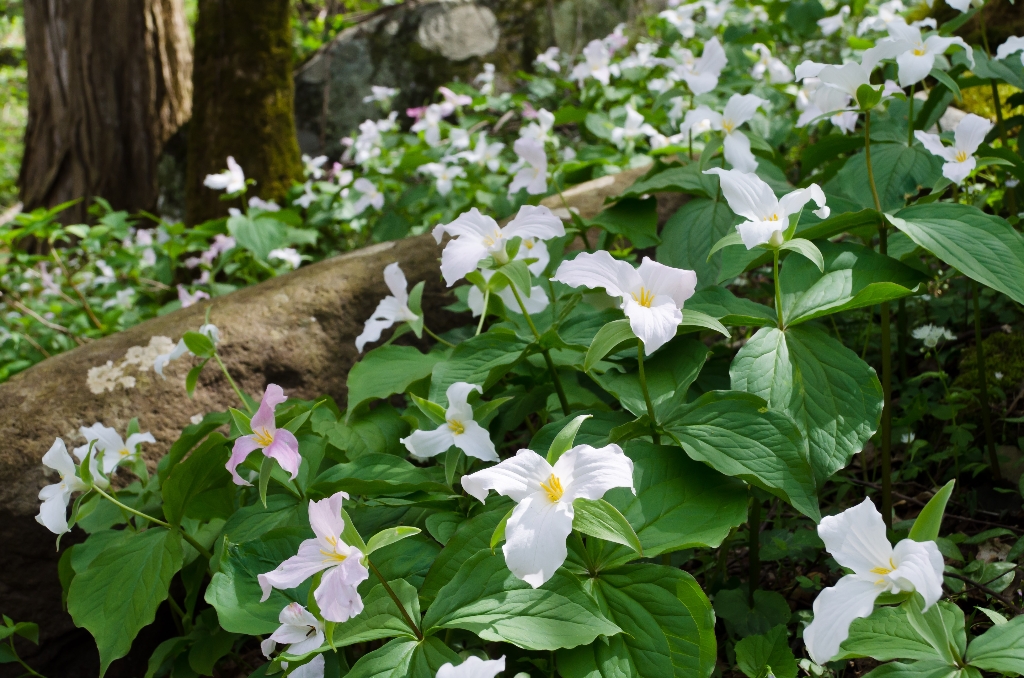
Great Smoky Mountains
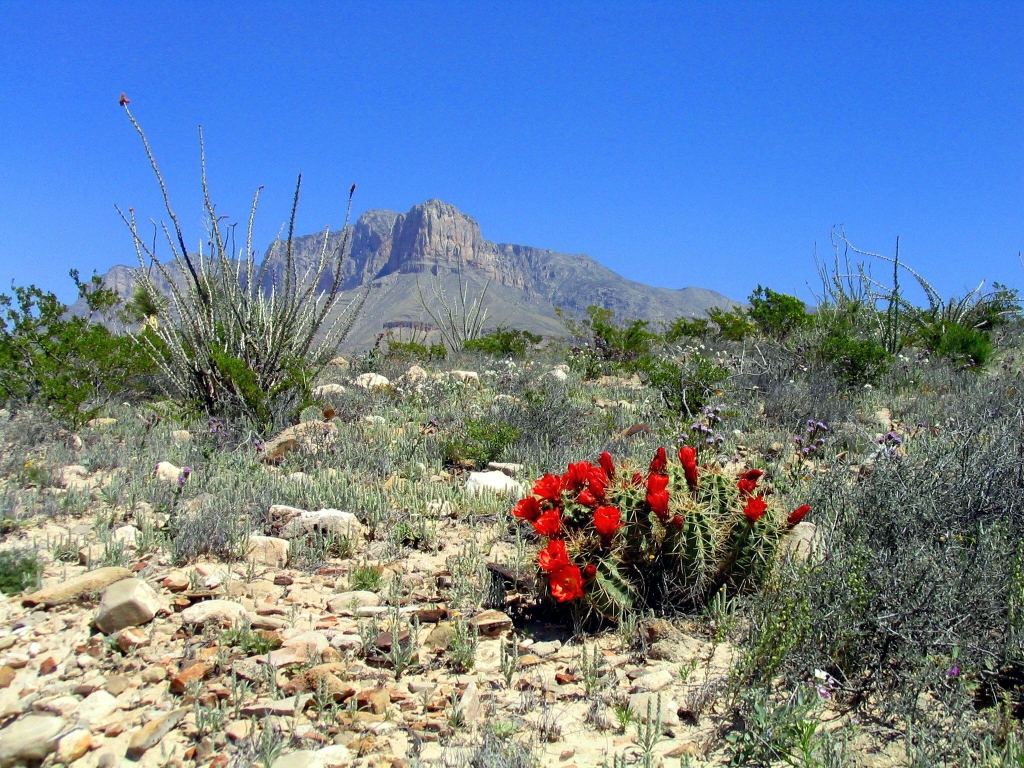
Guadalupe Mountains

Haleakalā
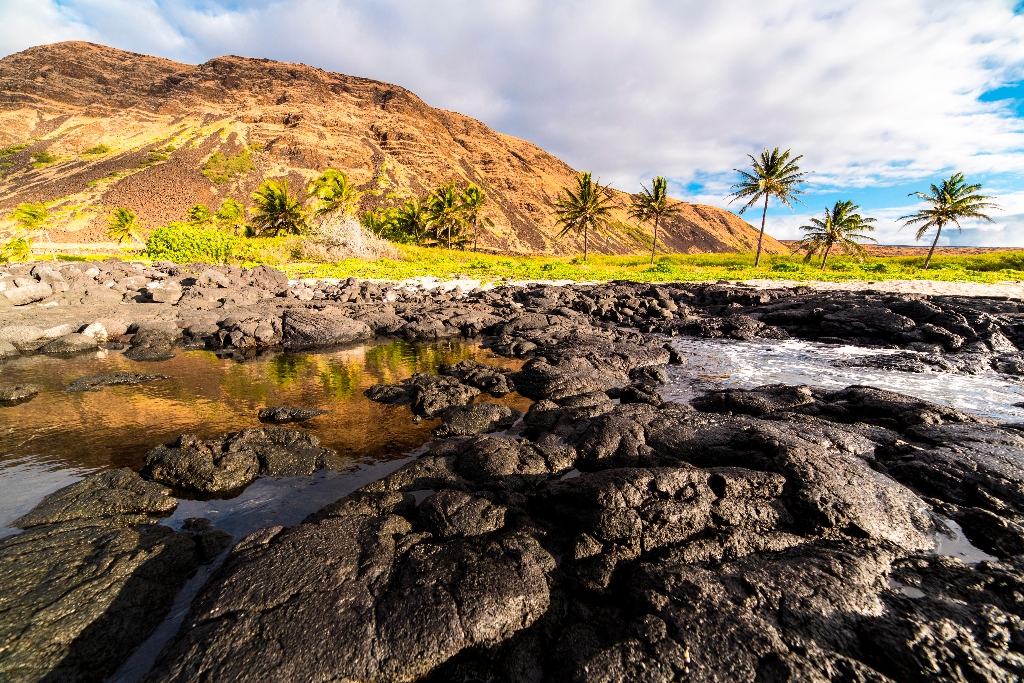
Hawaiʻi Volcanoes
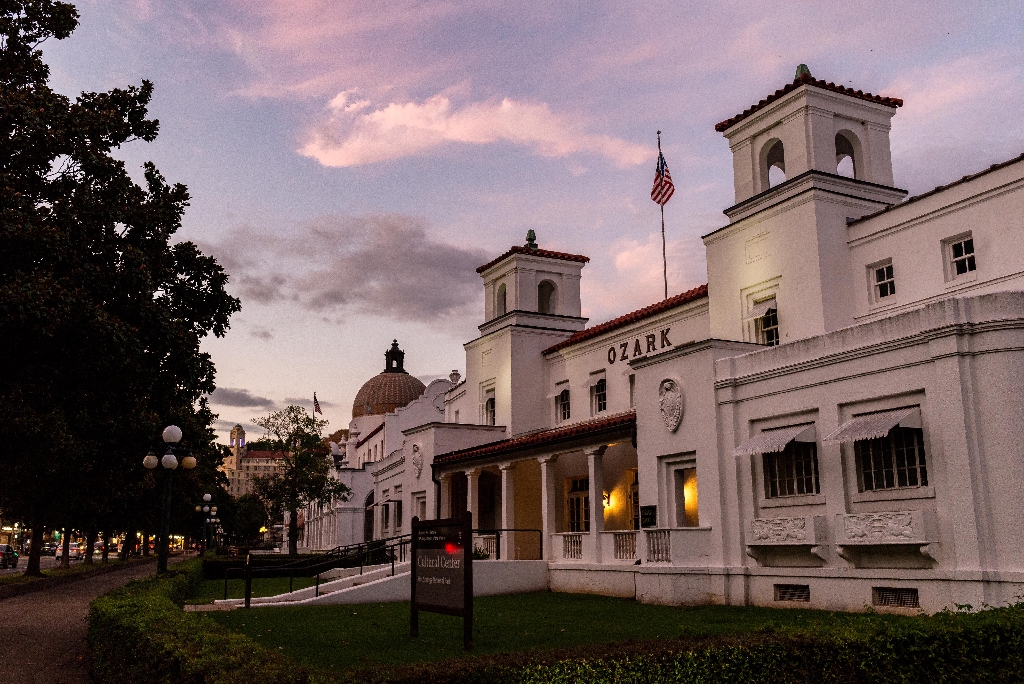
Hot Springs
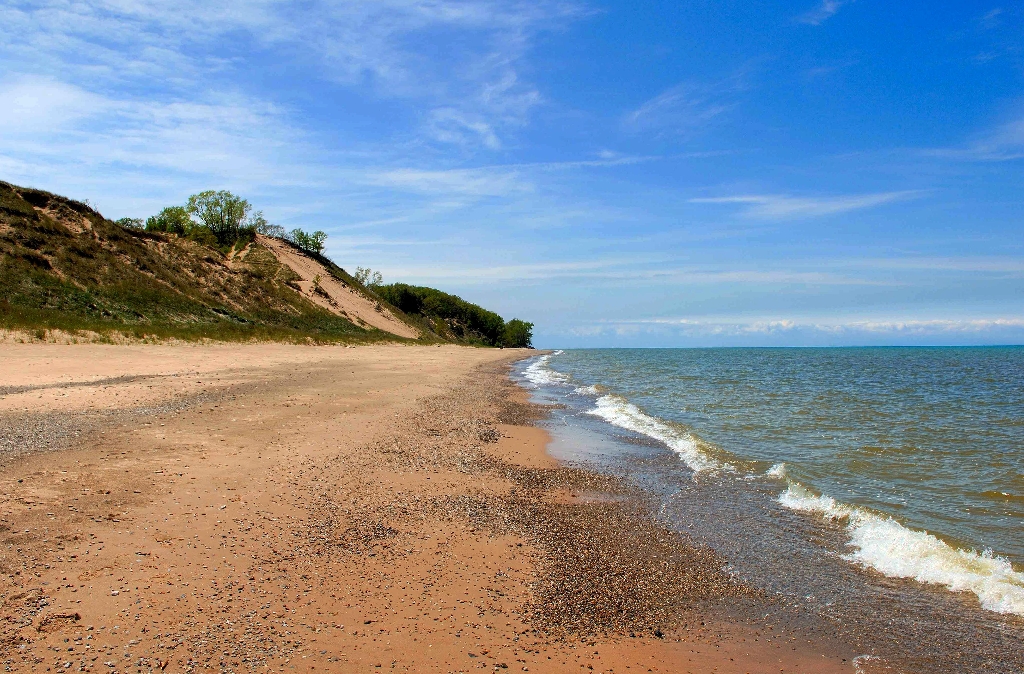
Indiana Dunes
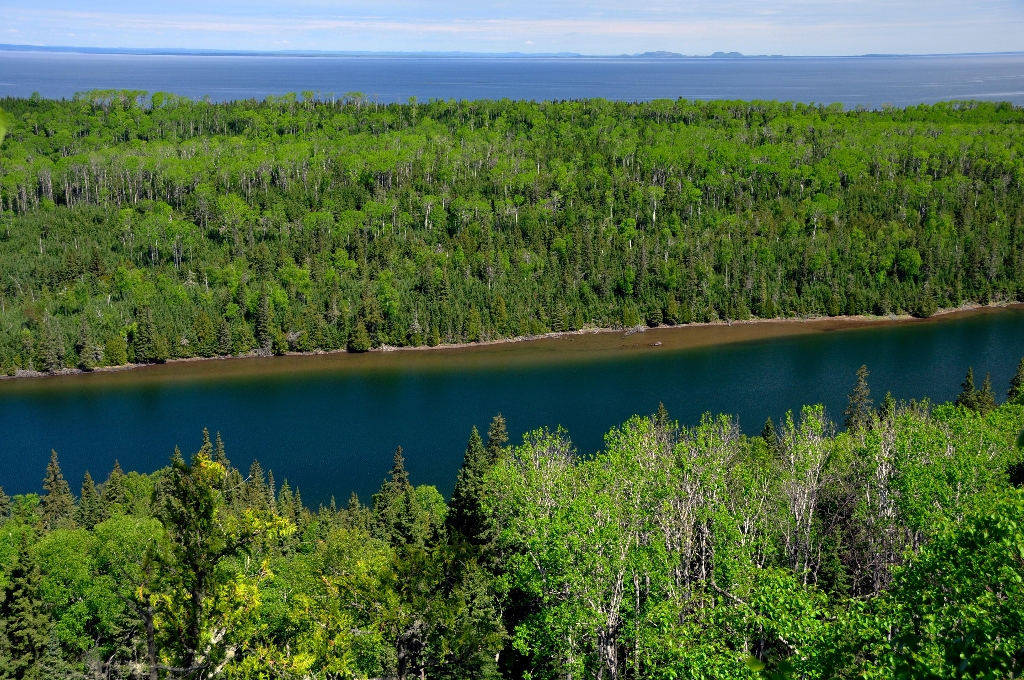
Isle Royale
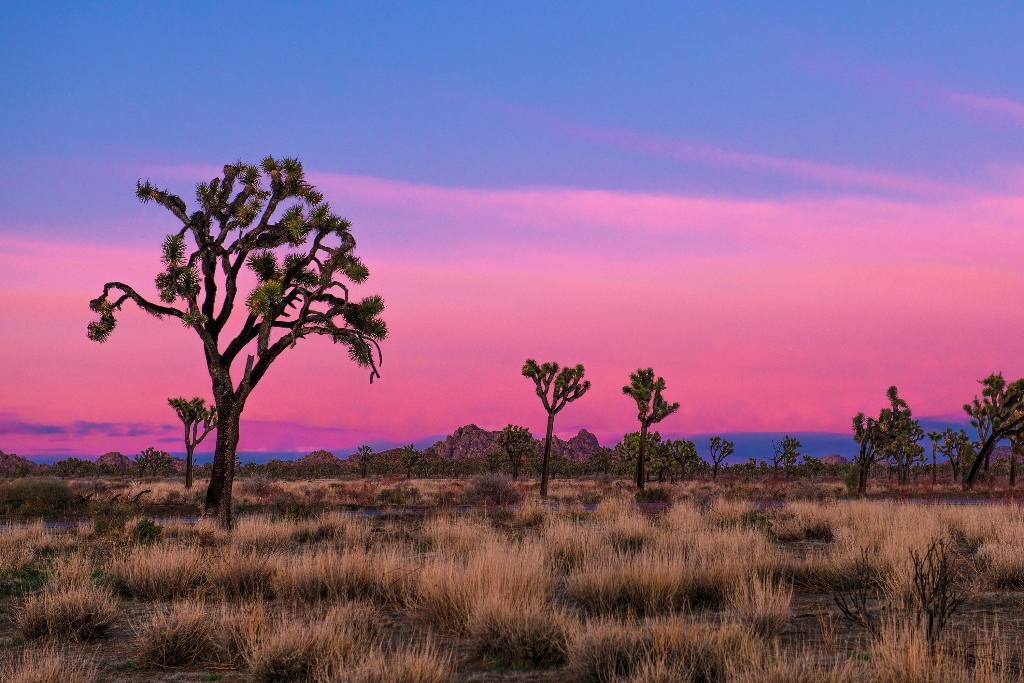
Joshua Tree

Kenai Fjords

Kobuk Valley
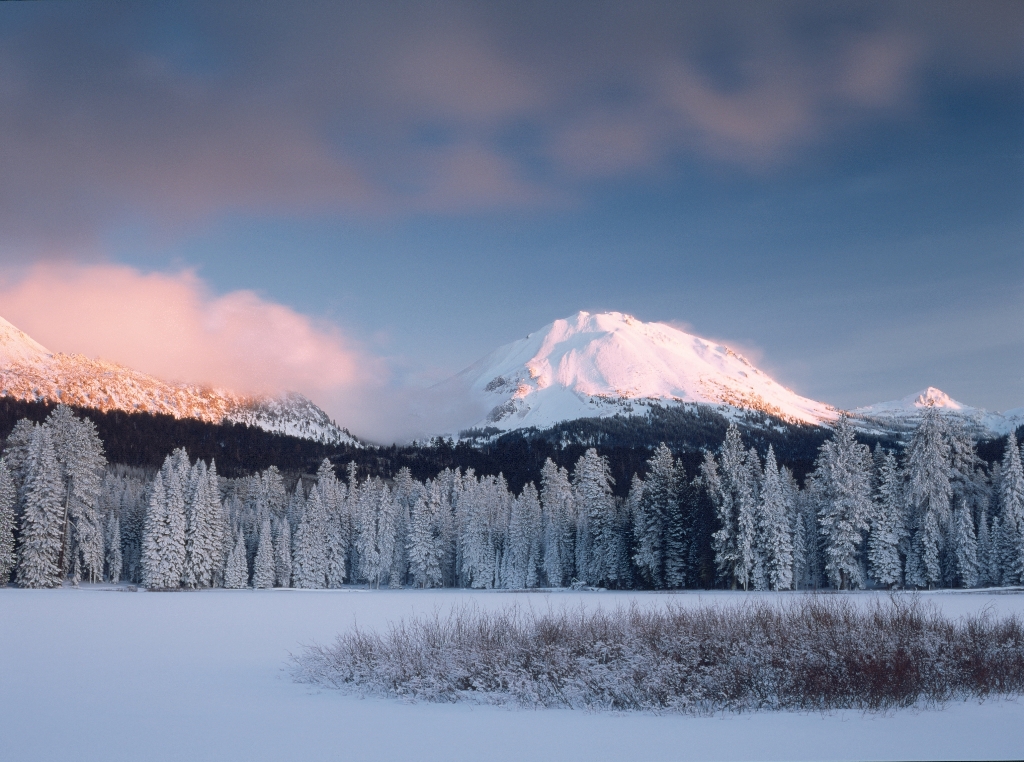
Lassen Volcanic
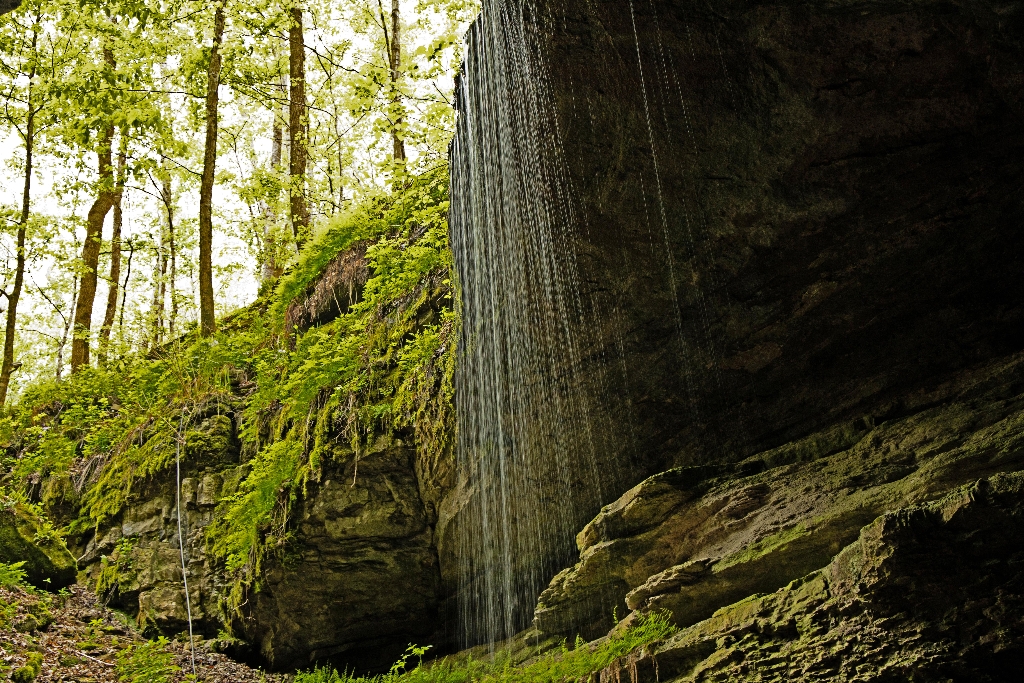
Mammoth Cave
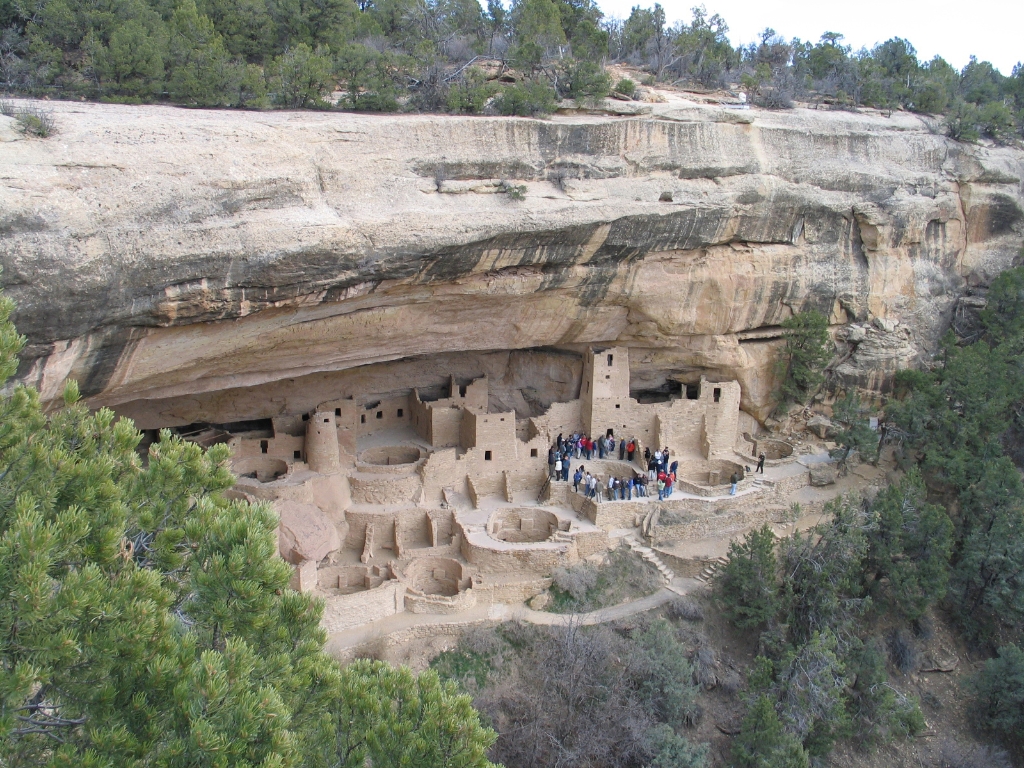
Mesa Verde
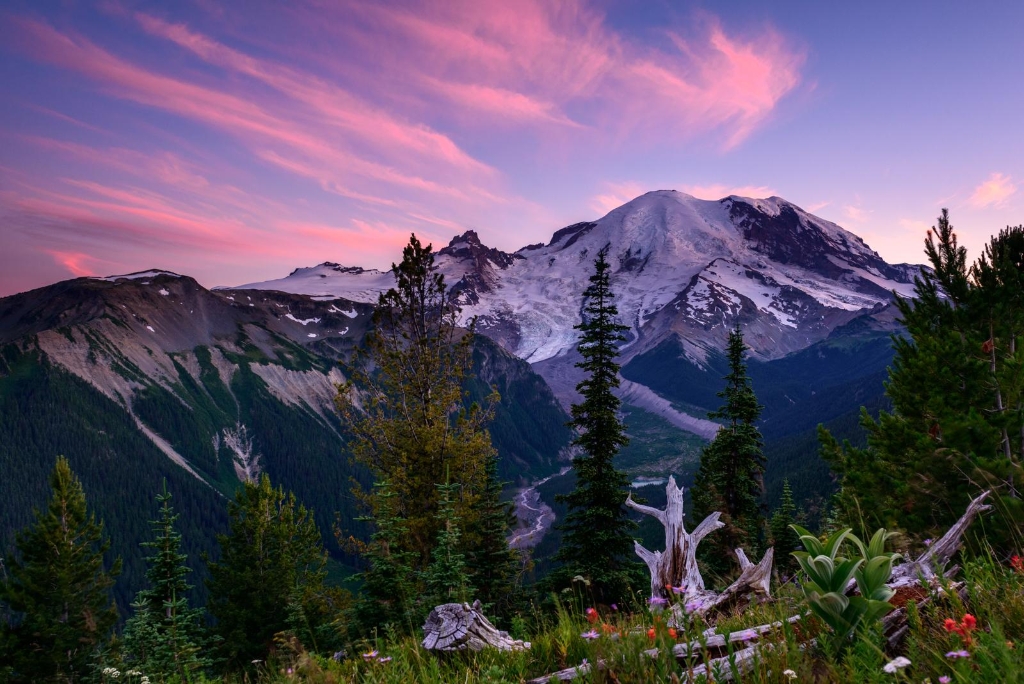
Mount Rainier
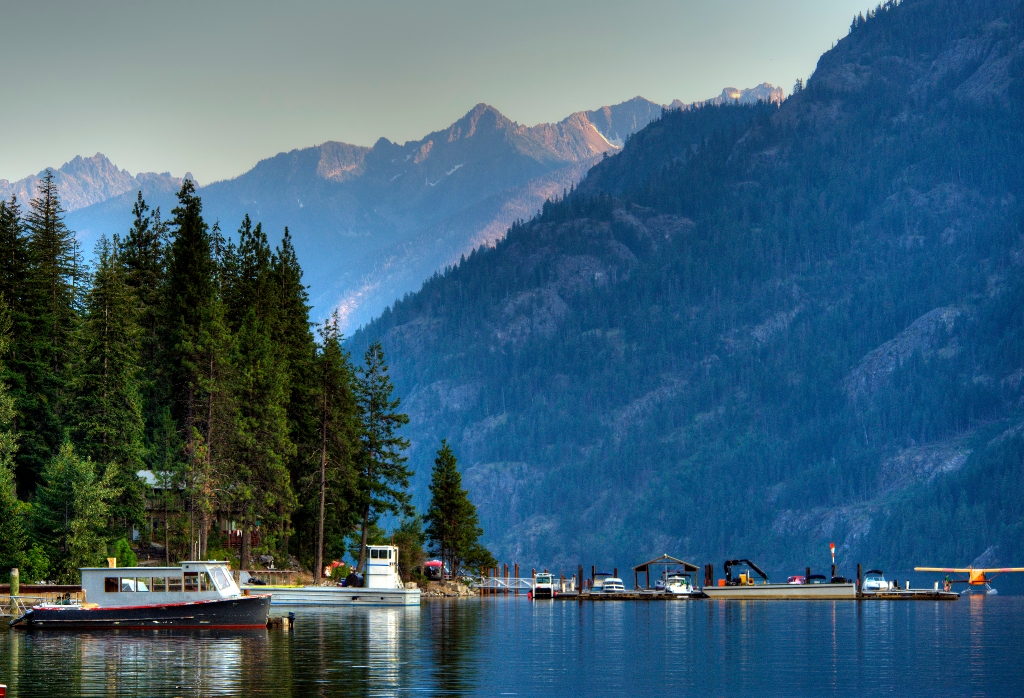
North Cascades

Olympic
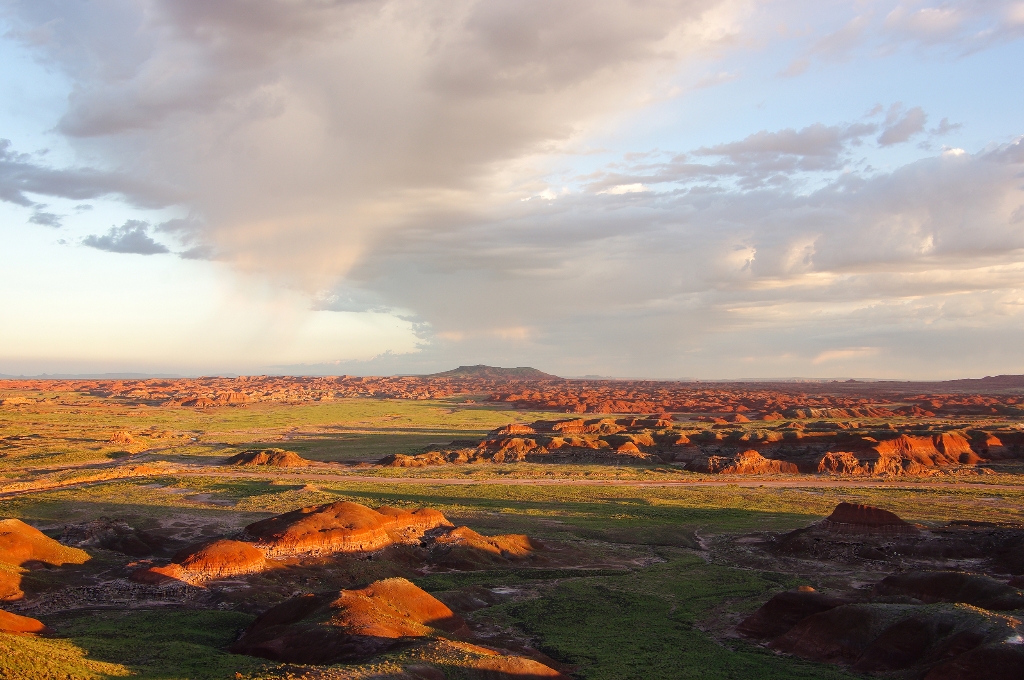
Petrified Forest
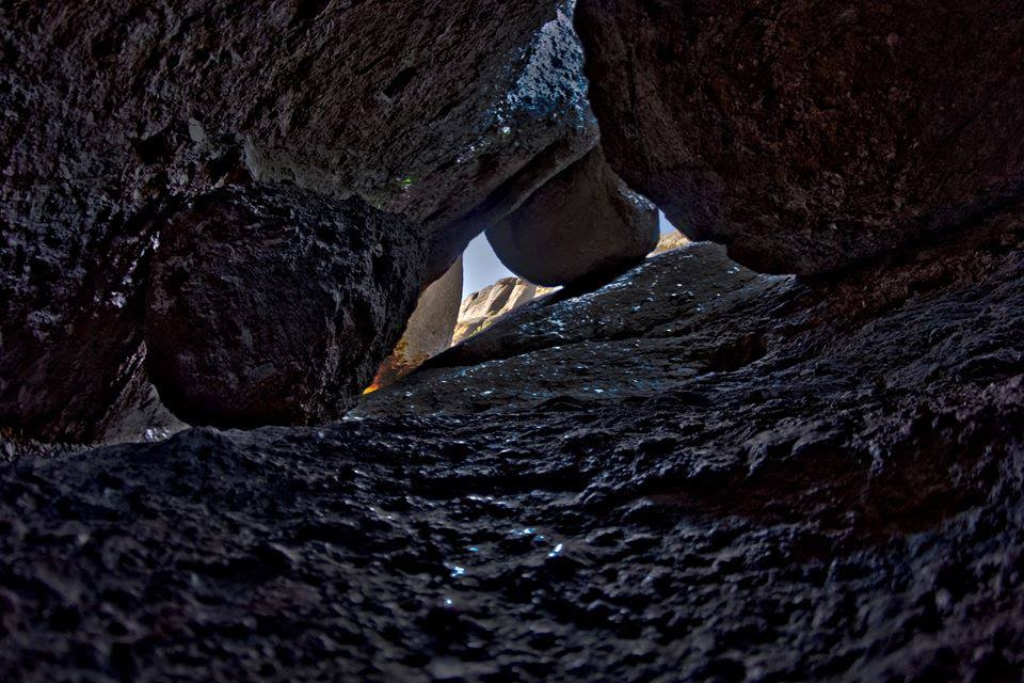
Pinnacles
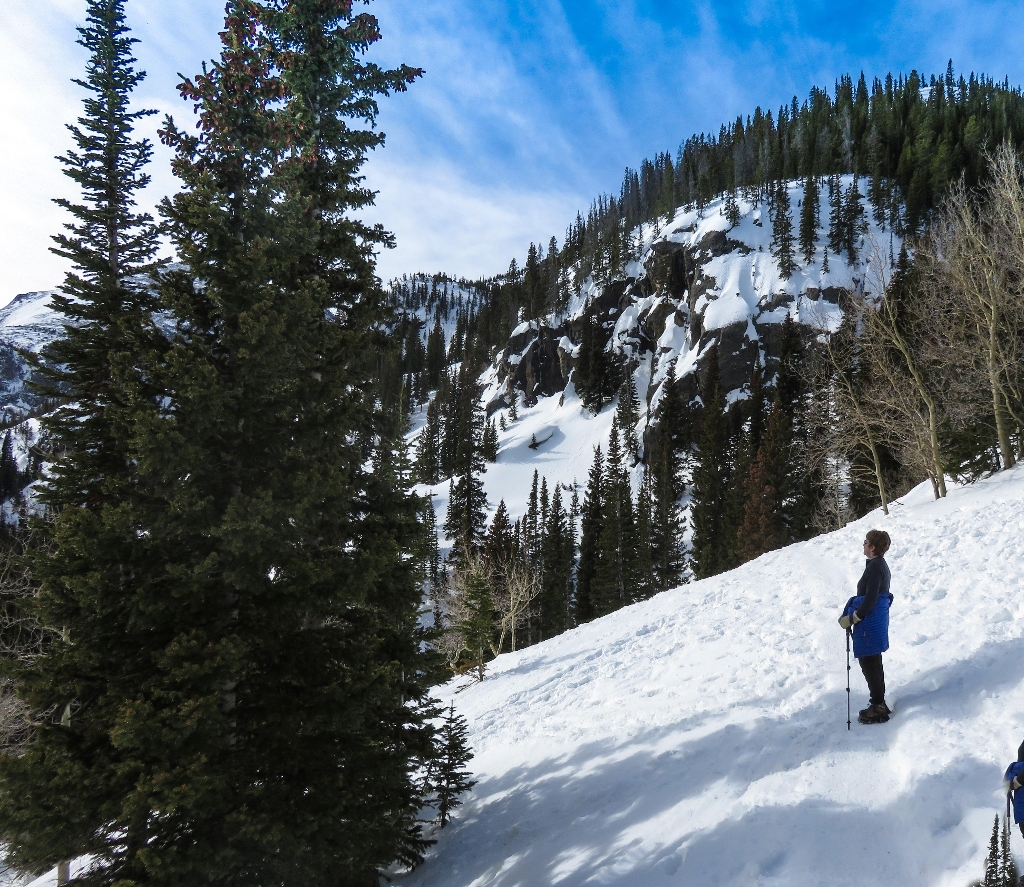
Rocky Mountain
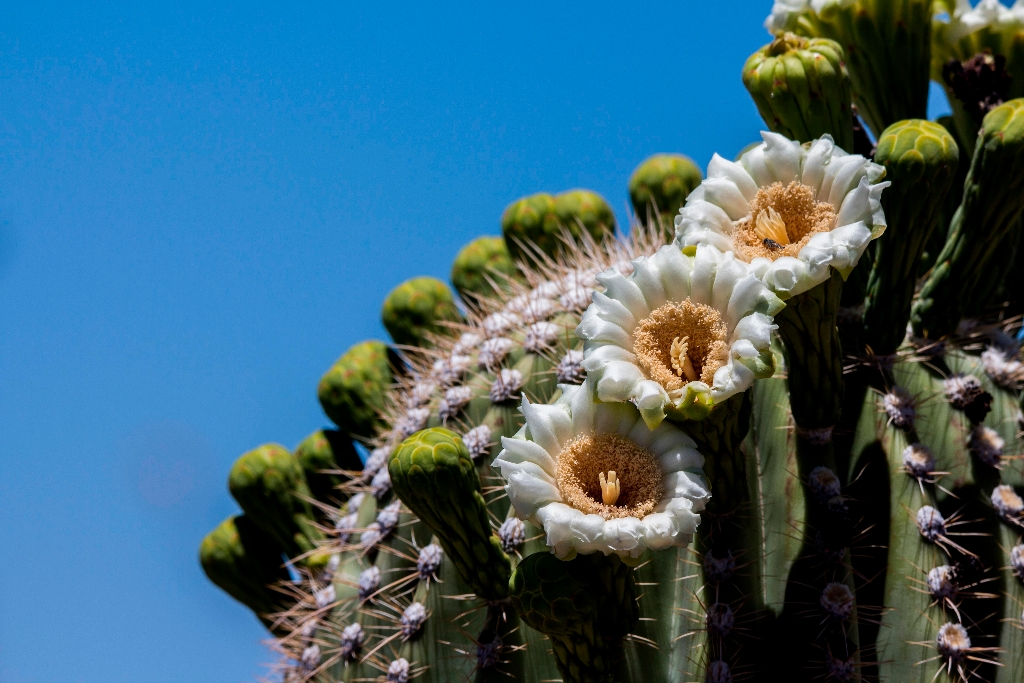
Saguaro
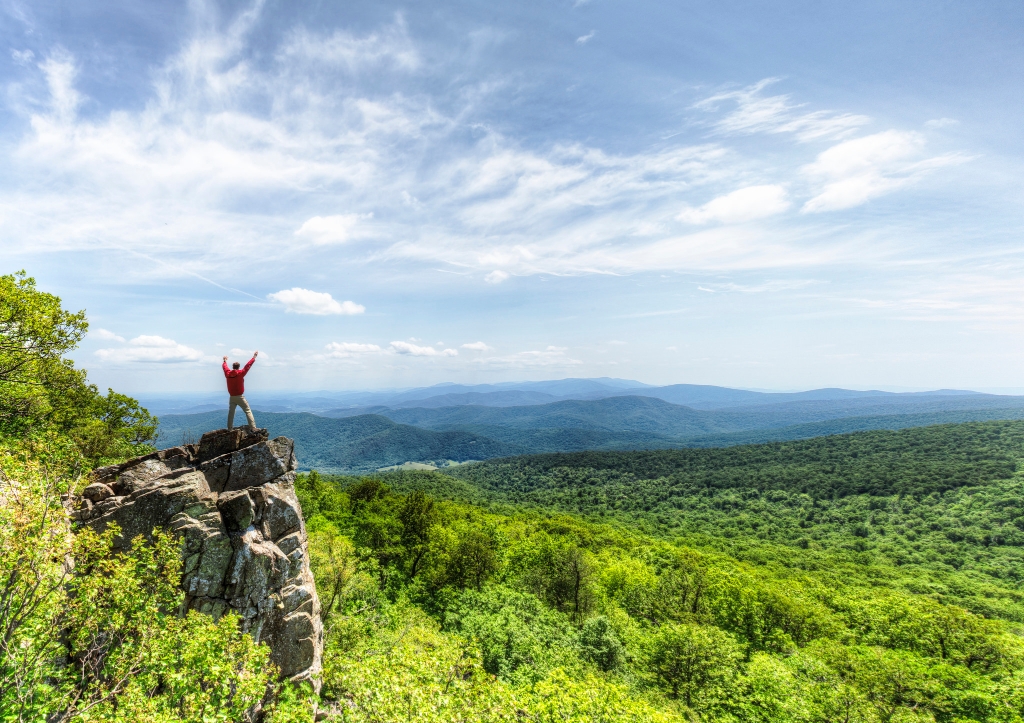
Shenandoah
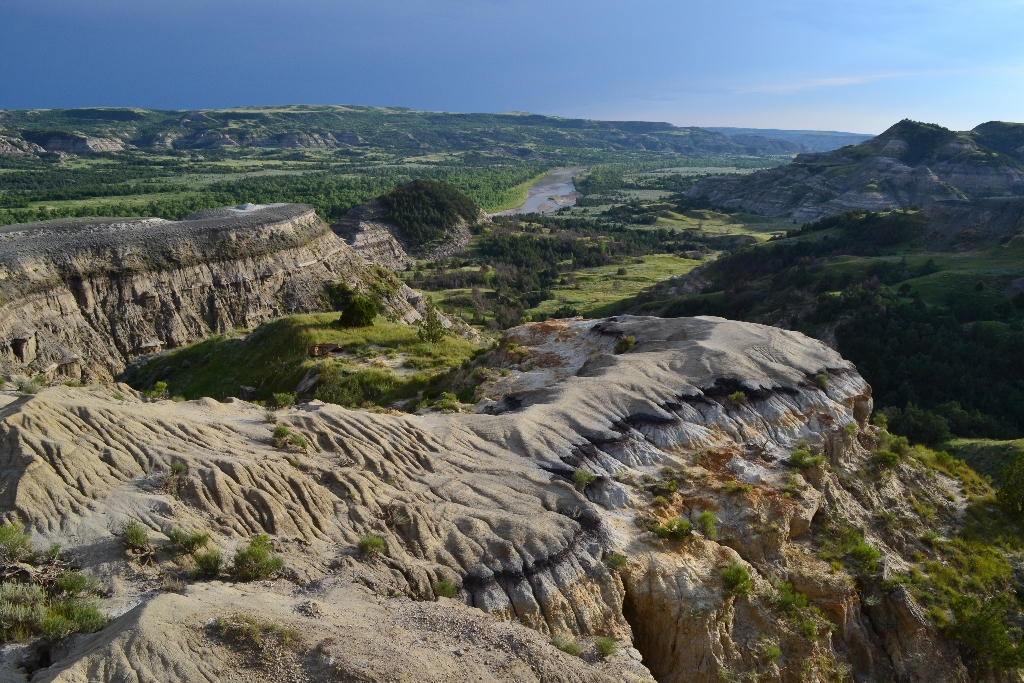
Theodore Roosevelt
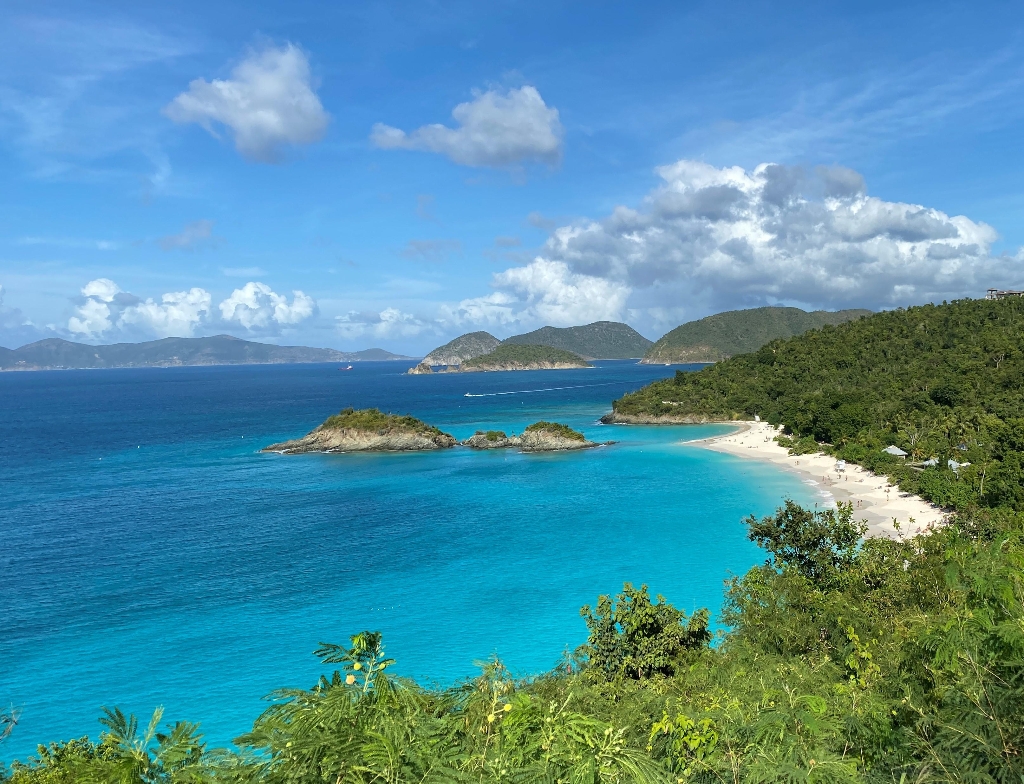
Virgin Islands
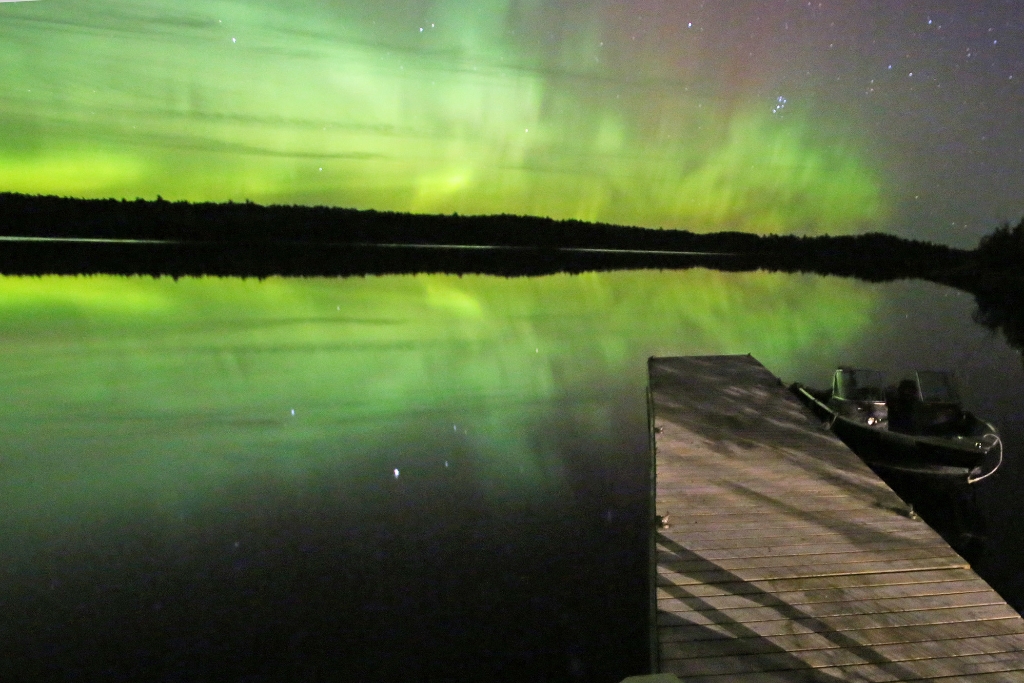
Voyageurs
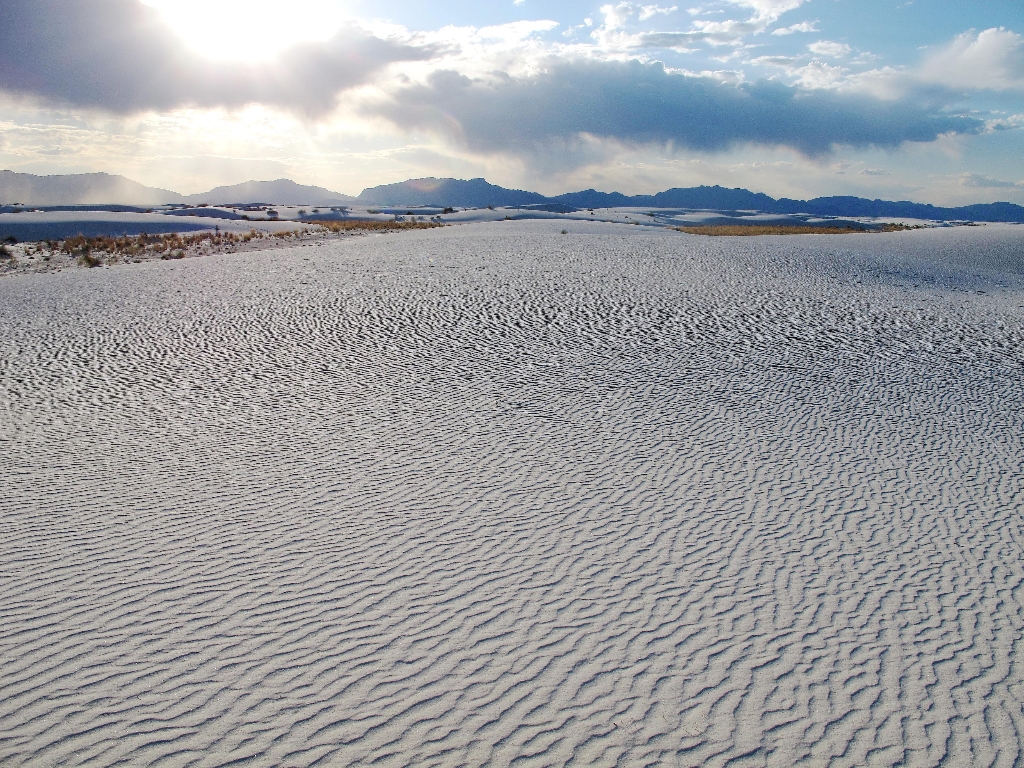
White Sands
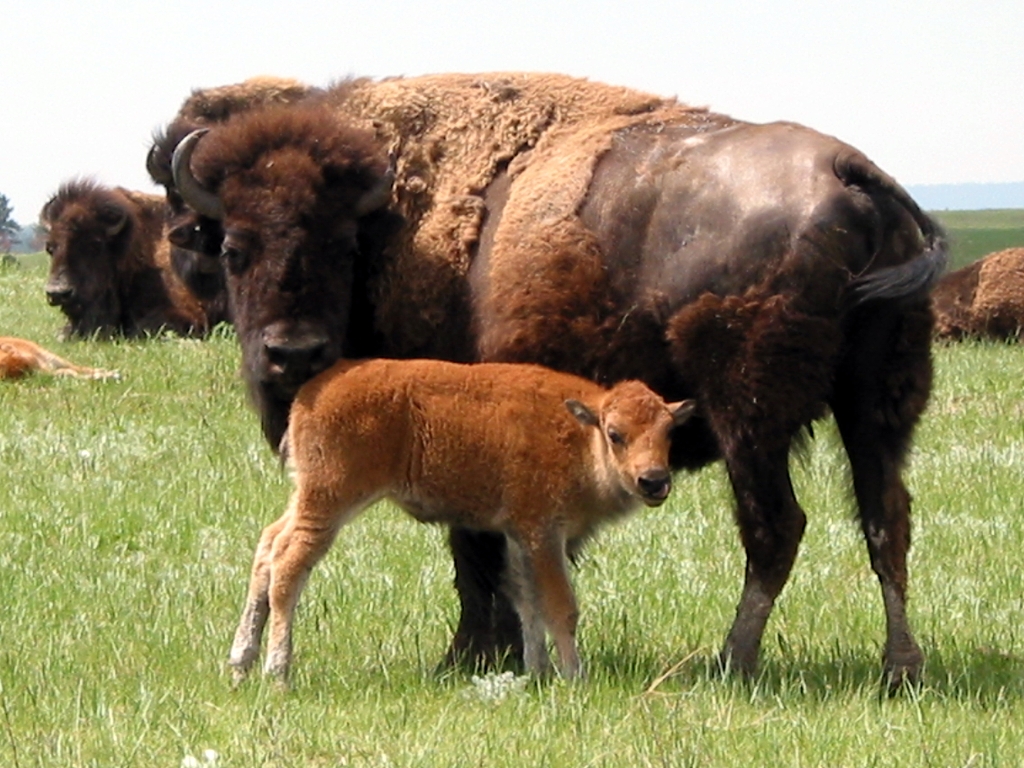
Wind Cave
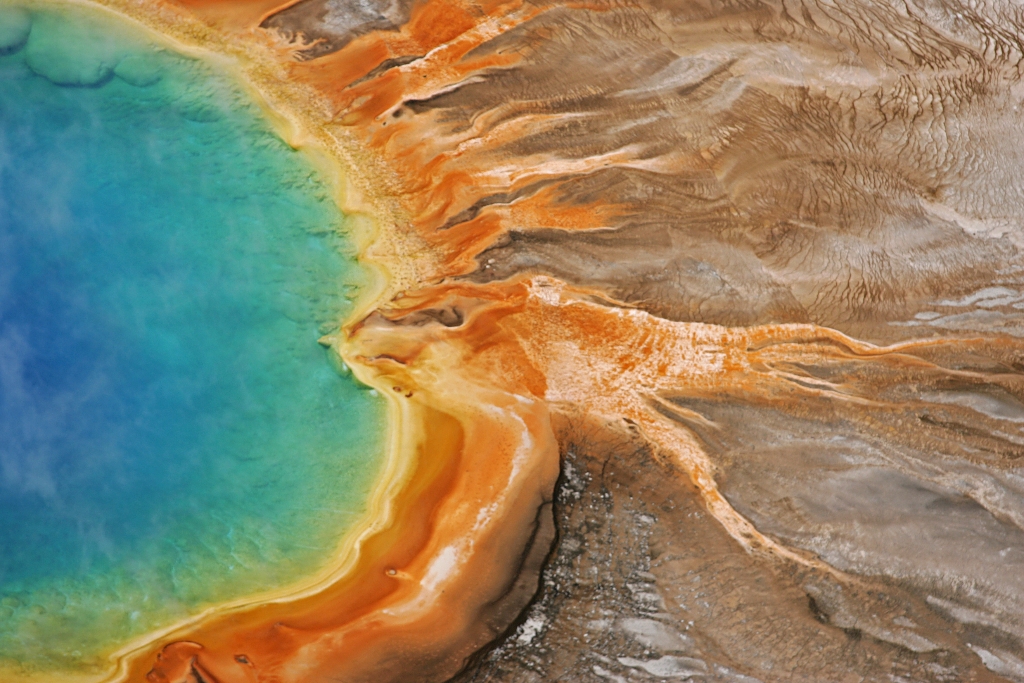
Yellowstone
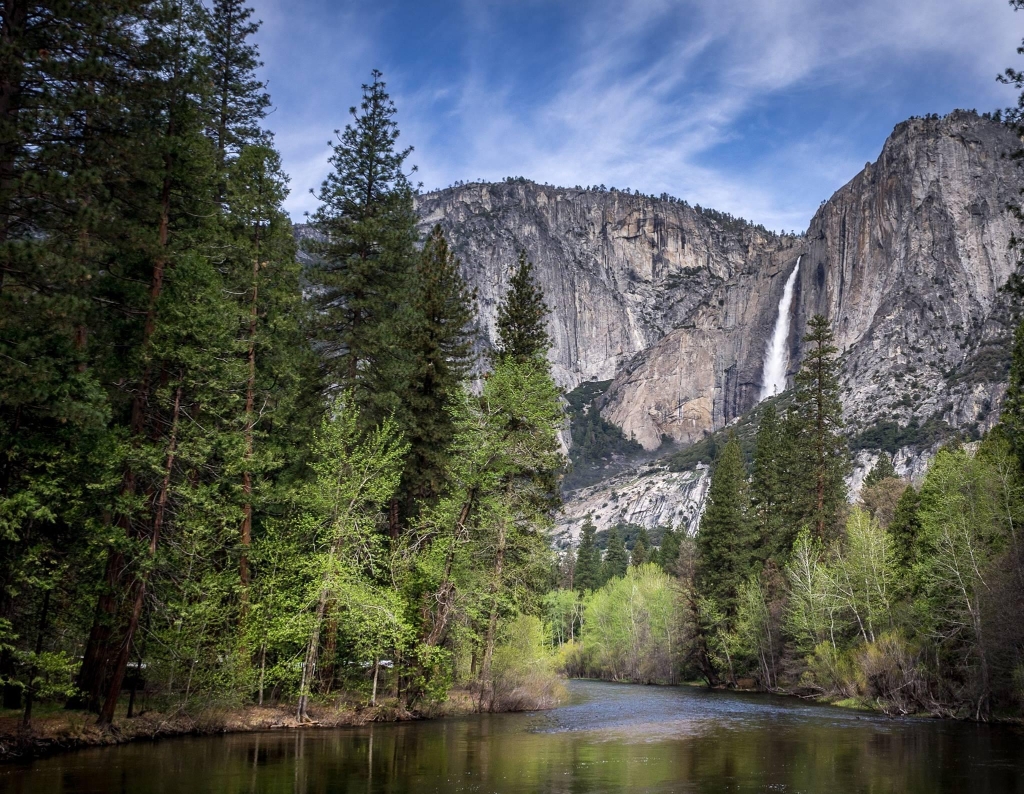
Yosemite

Zion